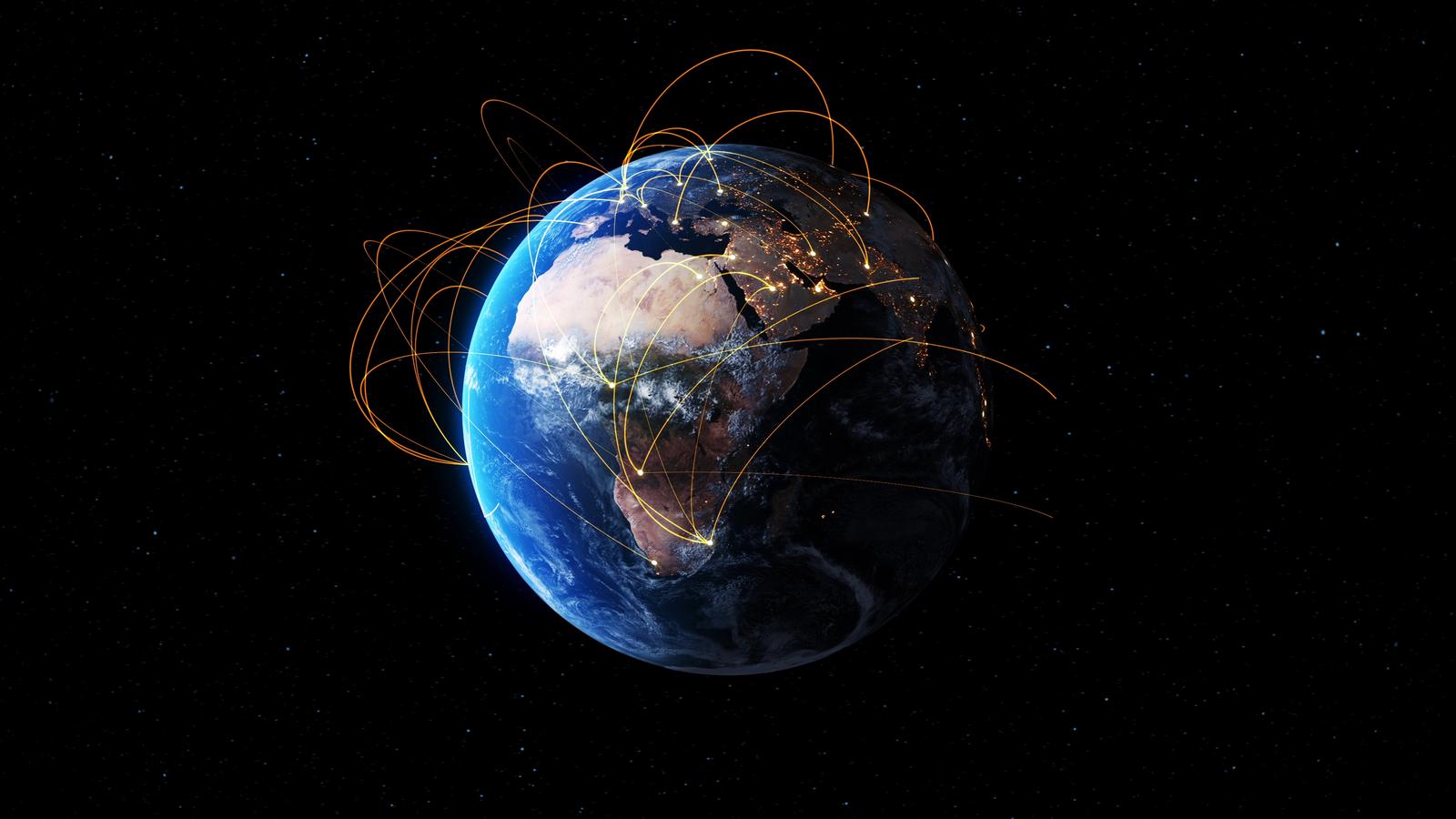Internet of Things Development Services
Introduction
The Internet of things (IoT) has become a buzzword in recent years. It refers to the connection of physical devices, vehicles, buildings, and other items embedded with software, sensors, and network connectivity that enables these objects to collect and exchange data. IoT development services assist businesses and individuals in creating devices that can collect and analyze data to offer insights into consumer behavior and preferences, operational efficiency, and other areas. In this article, we will explore the various aspects of IoT development services and why they are crucial for businesses.
What are IoT Development Services?
IoT development services refer to the process of building applications, software, or devices that can connect to the internet and interact with other devices. They involve a range of services such as firmware design, cloud integration, data analytics, and security. IoT developers work with businesses to help them create custom solutions that meet their unique needs.
The Importance of IoT Development Services
IoT development services are essential for businesses because they enable them to create smart devices that can offer valuable insights. These insights can help companies improve their operations by streamlining processes and reducing costs. IoT devices can also improve customer experiences by delivering personalized services based on customer preferences.
Benefits of IoT Development Services
Engaging IoT development services offers various benefits, including:
- Customized Solutions: IoT developers provide tailored solutions that align with specific business objectives and requirements.
- Rapid Development: Experienced IoT developers expedite the development process, reducing time-to-market for IoT solutions.
- Cost Efficiency: Outsourcing IoT development can be cost-effective, as it eliminates the need to hire and train in-house teams.
- Expertise: IoT development services provide access to experts with in-depth knowledge of IoT technologies and trends.
- Scalability: Developers can create IoT solutions that can easily scale to accommodate future growth and changes in demand.
- Innovation: IoT development services promote innovation by leveraging the latest technologies and best practices in the field.
Challenges of IoT Development Services
IoT development services face several challenges, including:
- Security Concerns: Ensuring the security of IoT solutions against cyber threats is a major challenge, as IoT devices are often vulnerable targets.
- Complex Ecosystem: IoT development involves numerous components and technologies, requiring expertise in various domains.
- Interoperability: Integrating diverse IoT devices and platforms can be complex, necessitating seamless communication.
- Data Management: Handling vast amounts of data generated by IoT devices requires robust storage, processing, and analytics capabilities.
- Regulatory Compliance: Navigating evolving IoT regulations and standards, which may vary by region, can be challenging for developers.
- Scalability: Designing IoT solutions that can easily scale to accommodate future growth and changes in demand is an ongoing challenge.
IoT Development Services and Cloud Computing
Cloud computing is an essential component of IoT development services. It enables businesses to store and analyze data from connected devices. Cloud-based solutions also provide scalability and flexibility, allowing businesses to easily adapt to changing needs.
IoT Development Services and Artificial Intelligence
Artificial intelligence (AI) is another critical aspect of IoT development services. AI-powered devices can perform complex tasks and make decisions based on data analysis. This technology is particularly useful in industries such as healthcare, manufacturing, and transportation.
The Future of IoT Development Services
The Internet of things is still in its early stages, and its full potential is yet to be realized. However, it is clear that IoT development services will play a significant role in shaping the future of business. As more devices become connected to the internet, the demand for IoT developers will continue to grow.
Examples of IoT Development Services
IoT development services encompass a wide range of applications, including:
- Smart Home Solutions: Development services create IoT apps and platforms for home automation, security, and energy management.
- Industrial IoT (IIoT) Solutions: Developers design and deploy IIoT solutions for manufacturing, predictive maintenance, and process optimization.
- Agricultural IoT: Services cater to the agricultural sector by creating IoT solutions for precision farming, soil monitoring, and crop management.
- Healthcare IoT: Development services contribute to remote patient monitoring, medical device connectivity, and healthcare analytics.
- Environmental Monitoring: Developers craft IoT solutions for air quality monitoring, water quality analysis, and climate data collection.
- Smart Cities: IoT development services aid in creating solutions for traffic management, waste collection optimization, and environmental sustainability in urban areas.
The Role of IoT Developers
IoT developers play a crucial role in designing, building, and maintaining IoT solutions. Their responsibilities include:
- Solution Design: Developers conceptualize and plan IoT solutions, defining system architecture, device connectivity, and data flow.
- Programming: They write code for IoT devices, sensors, and the backend, ensuring data collection and transmission.
- Data Management: Developers handle vast amounts of IoT-generated data, including storage, processing, and analytics.
- Security Implementation: IoT developers integrate security measures to safeguard devices, networks, and data from cyber threats.
- Device Integration: They ensure the seamless connection and interoperability of diverse IoT devices and platforms.
- Testing and Quality Assurance: Developers conduct rigorous testing to identify and resolve issues in IoT solutions.
- Maintenance and Updates: Ongoing maintenance and updates to keep IoT solutions secure and functioning optimally.
Choosing an IoT Development Services Provider
Choosing the right IoT development services provider can be a daunting task for businesses. It is essential to consider factors such as experience, expertise, and reputation when selecting a provider. Additionally, it is crucial to ensure that the provider offers comprehensive services that address all aspects of IoT development.
Conclusion
In conclusion, IoT development services are critical for businesses that want to leverage the power of the Internet of things. They offer several benefits, including real-time data collection, automation, and improved customer experiences. Although there are challenges associated with IoT development services, their potential benefits far outweigh the risks. As the Internet of things continues to evolve, IoT developers will play a crucial role in shaping its future.


